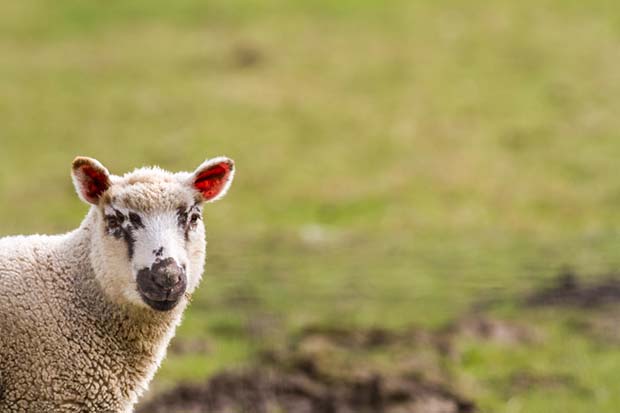5 things to know if you had a drought at your place last summer

The after-effects of a dry summer will still be with you this spring.
Words: Nadene Hall
1. TEST YOUR SOIL
Your pasture is going to need all the help it can get this spring, so knowing the condition of your soil is vital. You may choose to use a commercial chemical fertiliser, or something organic but whatever you choose, do a soil test first. If your soil is poorly and you’re recovering from a drought, pasture plants will be even harder to grow. Fix your soil first.
2. WEEDS WILL BE ON THEIR WAY
You may have brought in and fed it out hay to your stock last summer. Not only will your own pasture have been weakened by a prolonged dry period, especially if it got grazed back to nothing, it will come under still competition from any weed seeds in that hay. Next time there is a drought and you have to buy in hay, it can be safest to pick a sacrifice paddock and only feed out in that one area, so you limit the spread of any weed seeds or those of poisonous plants.
3. ASSESS WHAT IS GROWING (AND WHAT IS NOT)
A long dry summer, followed by a short autumn and then the cold of winter will mean you are only just able to check what’s actually going to come back in a ravaged pasture. The most important thing you want to see is your perennial ryegrass – if you don’t see it coming up, it may be the drought wiped it out and sowing it back into pasture is your best option. Weeds will look to fill any bare space, so over-sowing as the weather warms up, perhaps with some drought-resistant pasture species (see box at ??), may be in order.
4. RESTOCKING
If you got rid of your stock, don’t be in a huge hurry to re-stock. It’s better to err on the side of caution, give pasture and soil time to recover and regrow. Allowing grasses to build up into mature plants means the leaves get time to replenish the roots, before the stress of grazing comes on. Always re-stock slowly and keep numbers low, especially if the long-range weather forecast is for more dry weather next summer. You may even want to stall re-stocking and perhaps cut hay instead, before bringing animals back onto your property.
5. PREPARE FOR THE NEXT DROUGHT
It will happen, and it might be next summer, or it might be in 10 years time, but if you’re prepared, it’s going to be better for your livestock, pasture, soil and your bottom line. Your stocking rate shouldn’t be what you can carry in a good year – it should be approximately 75% of that, so you can more easily adjust downwards if a drought does occur.
Make hay, baleage or silage while you can – you can always sell it if you’ve got too much, or keep it for next year – and plant fodder trees that can help you through the next drought. If you’re on the east coast of NZ, you need to expect that drought may become more “normal” than you’d like.
Love this story? Subscribe now!
 This article first appeared in NZ Lifestyle Block Magazine.
This article first appeared in NZ Lifestyle Block Magazine.
